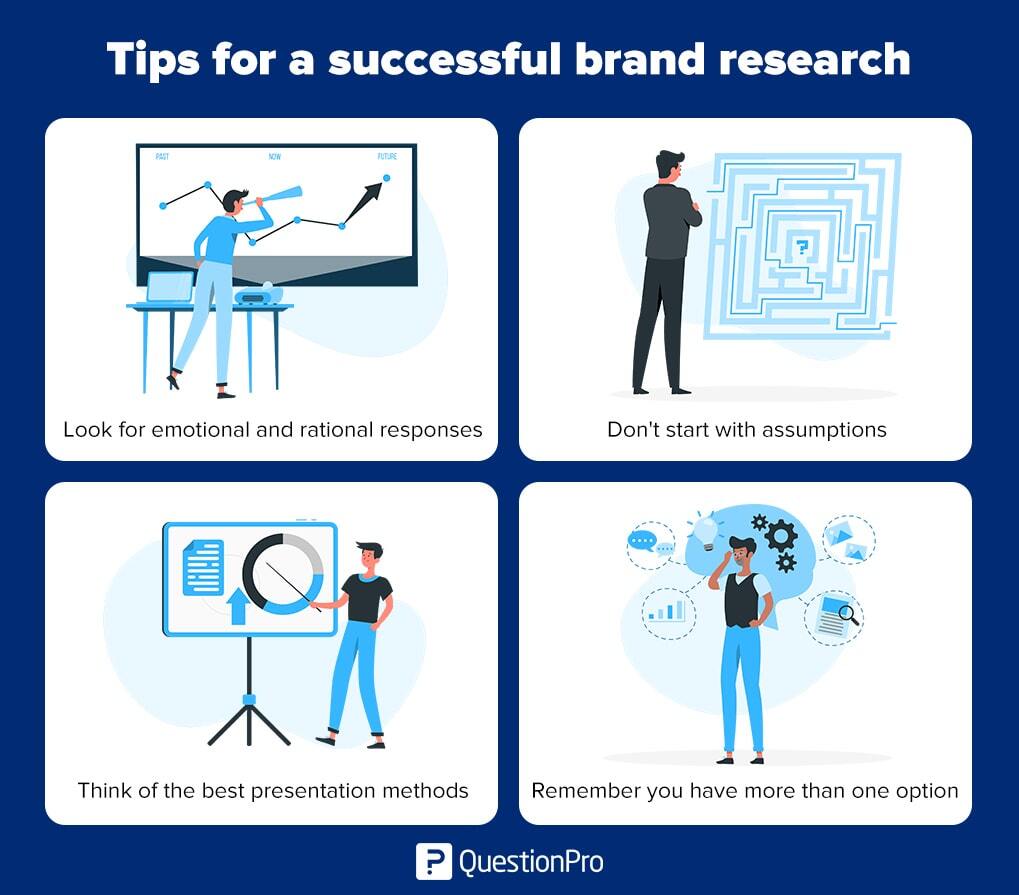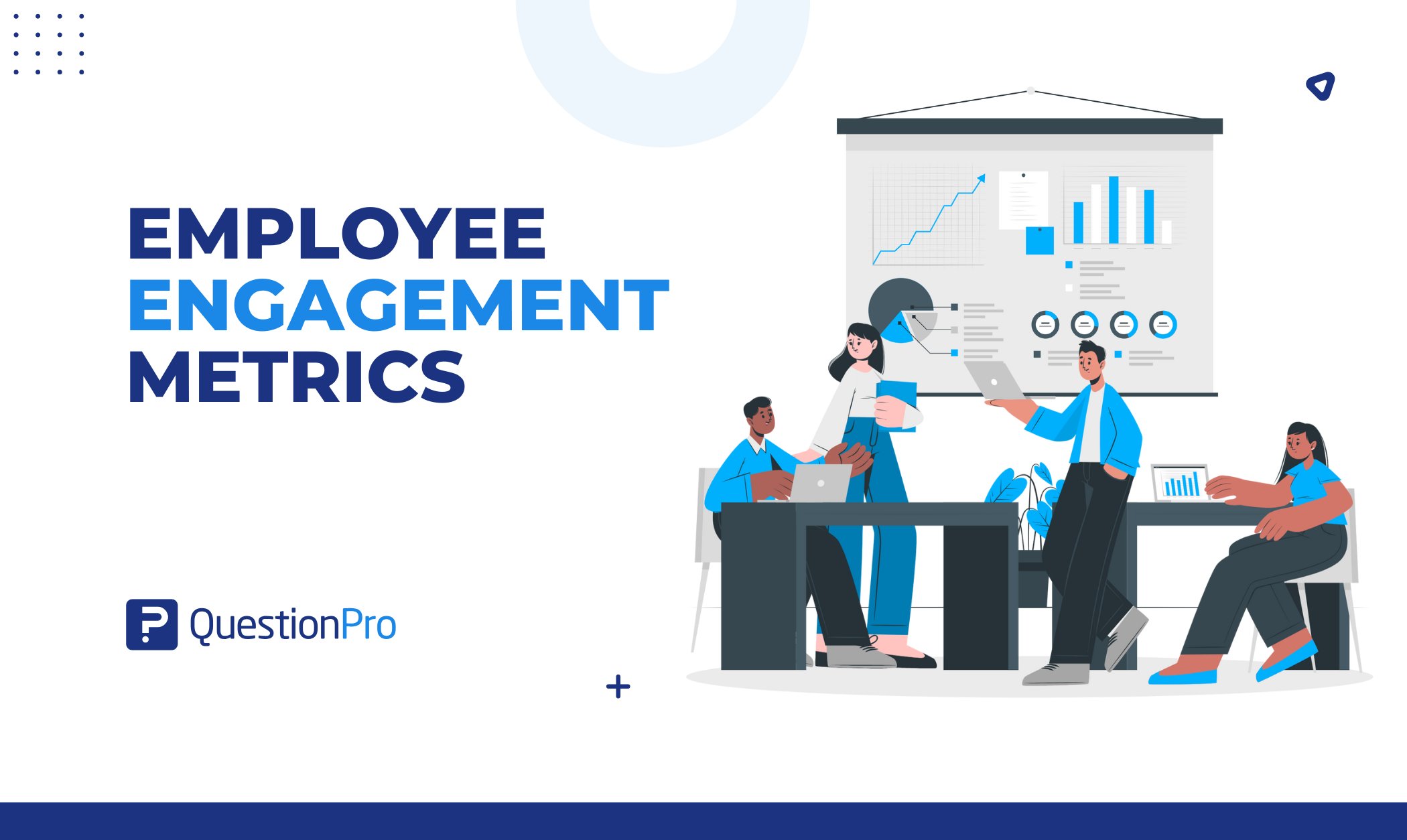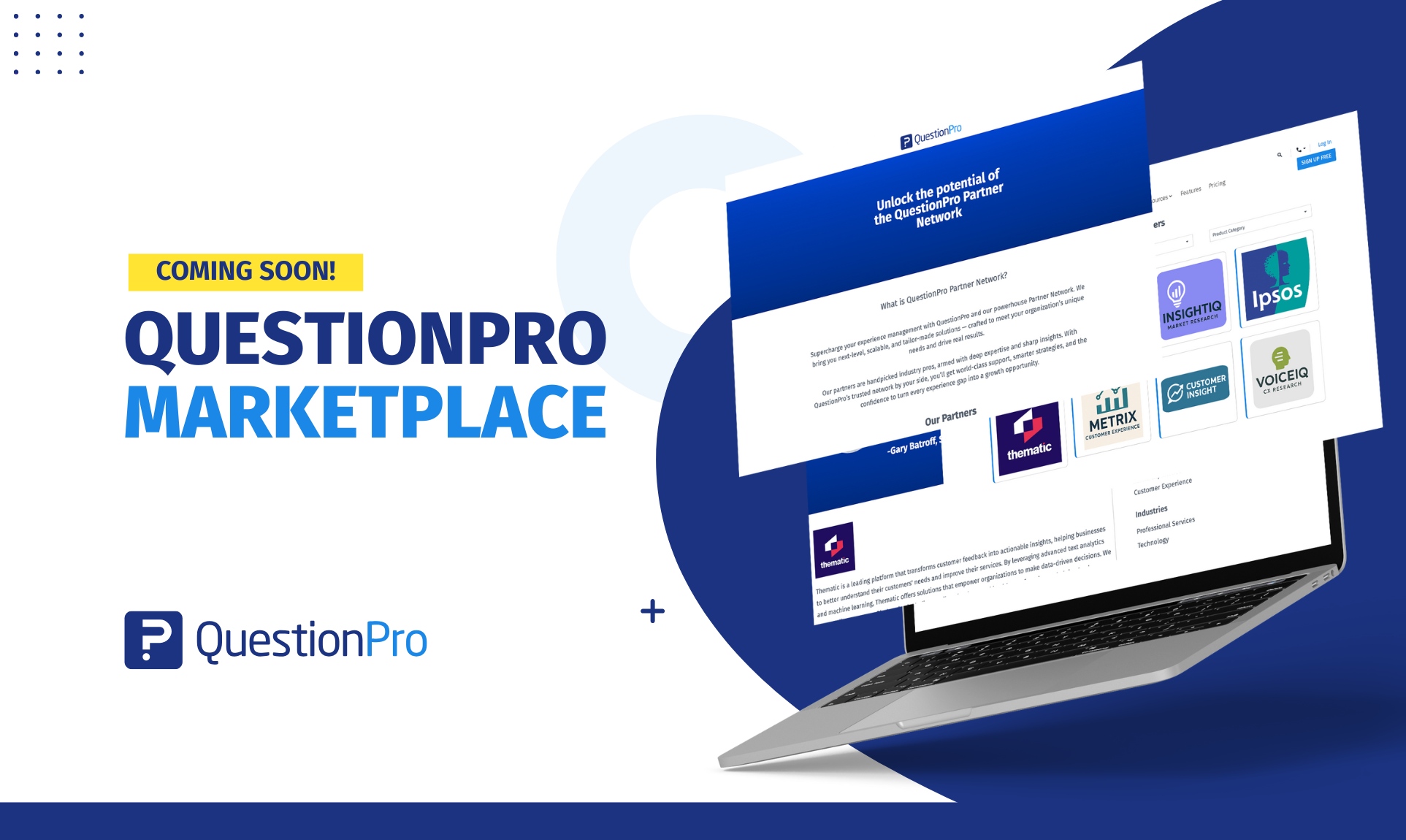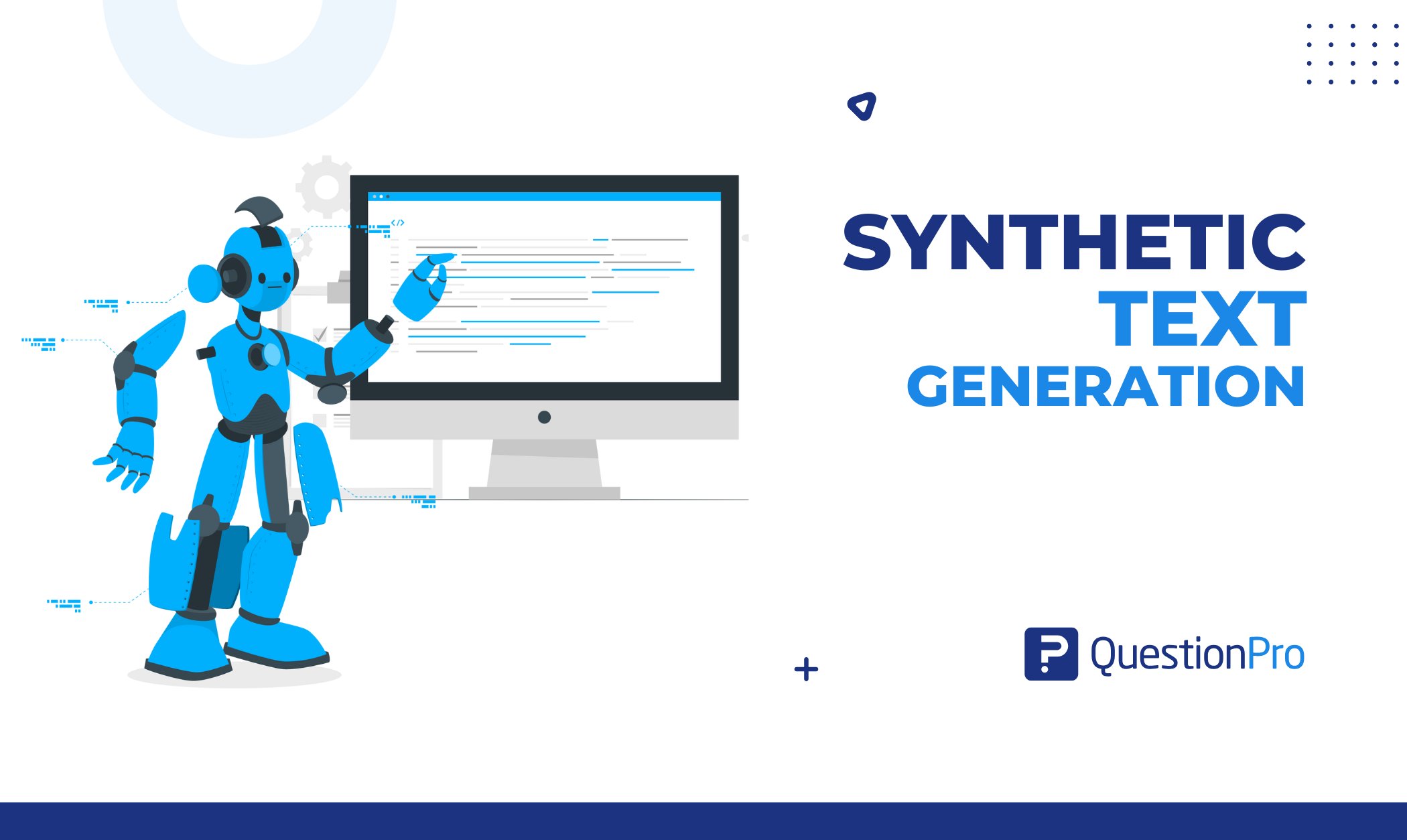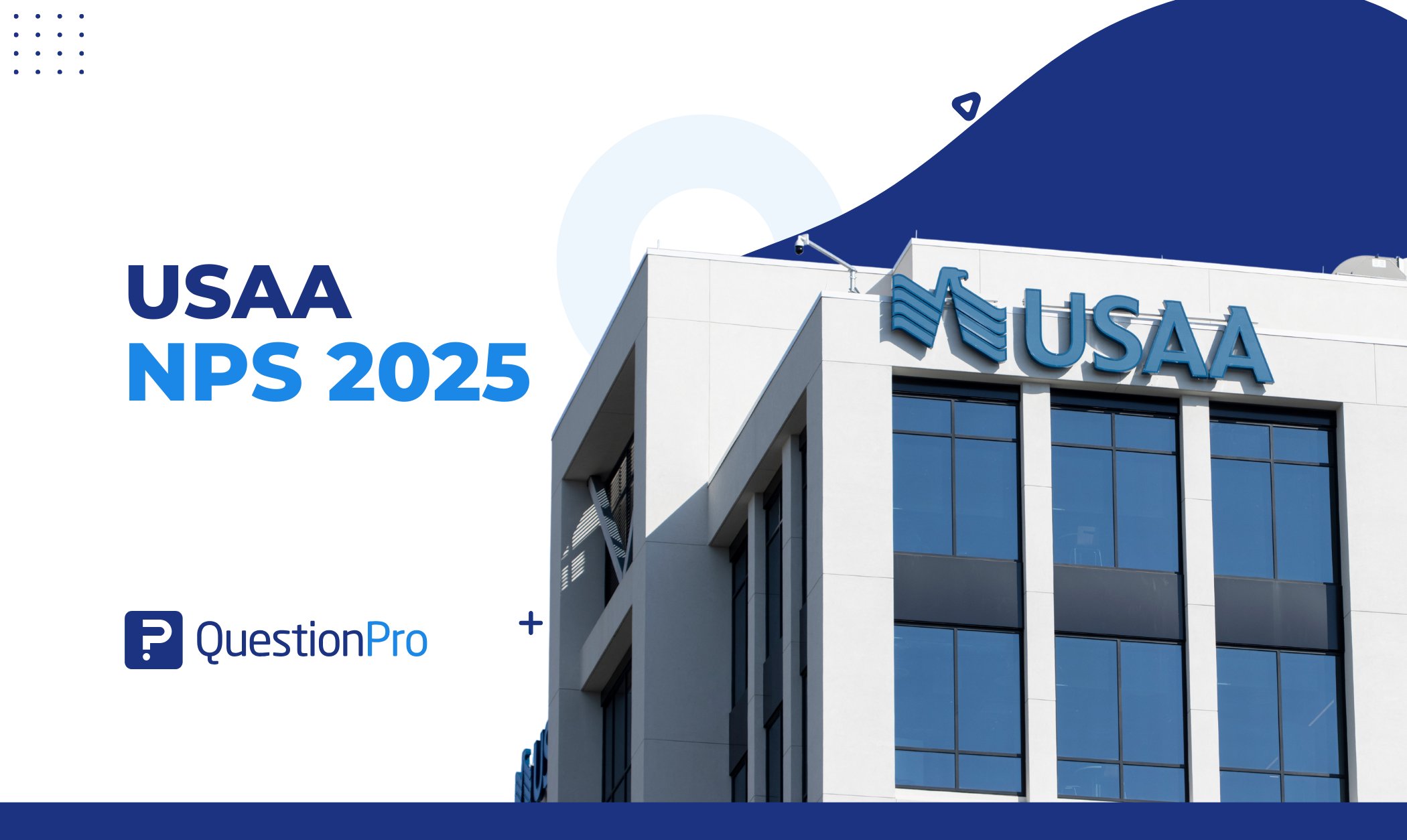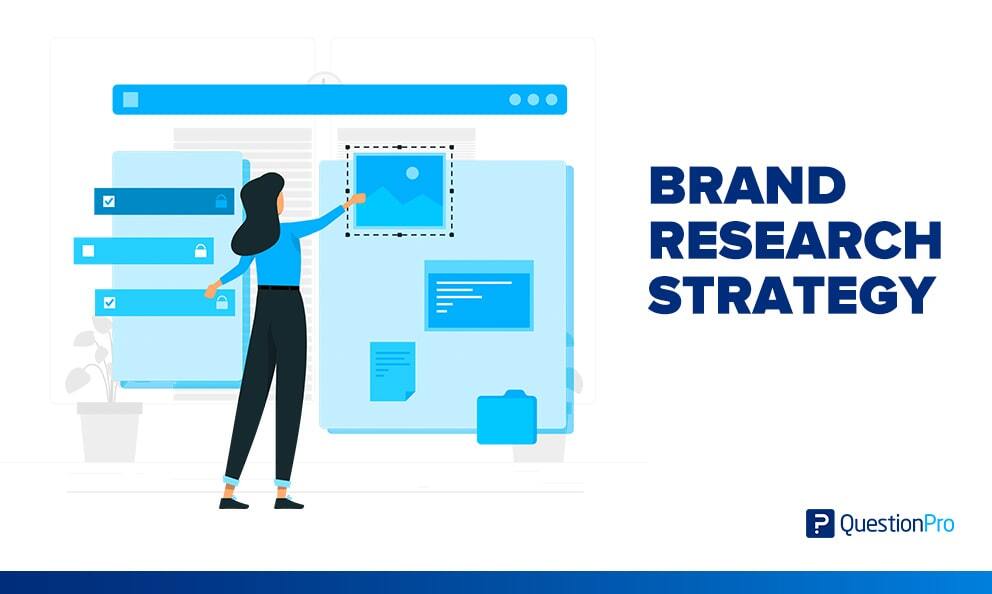
Brand research helps with the creation, development and strengthening of brands. Using a variety of methods, researchers can discover a range of ideas.
Conducting brand research will help your company discover the health of your brand. The potential of a business can be maximized by identifying threats and opportunities.
You can understand if your clients are aligned with your values. The position you occupy in the market is also important, as is the health of your competitors.
What is brand research?
Brand research is a tool that helps with the creation, development, and ongoing management and strengthening of brands.
Analysis can be performed to understand the landscape and develop a launch strategy. Brand research can also be done post-launch to aid in the development of brand assets.
For more established businesses, brand research can be used on a regular or ongoing basis to track consumer perceptions and experiences.
Brand research methods
As with any research, the most robust methodology will include information taken from multiple sources.
Some will be easier or cheaper to obtain than others, but investing wisely means that you will develop a more detailed picture of the landscape and reduce the chances of bias that are inherent in any form of research.
LEARN ABOUT: Brand health
Polls
A good survey is still a great source of consumer feedback on brands and product categories, and can be useful regardless of what stage of development the brand is in.
You can take surveys in person, over the phone, or online. Each has its own set of biases that researchers must be aware of.
Surveys can provide quantitative insights for brand research, understanding consumer opinions on a larger scale.
QuestionPro is probably the best known and most popular online survey software.
Workshops and focus groups
Bringing different types of people, from customers to employees, into a workshop can bring some qualitative insights into the research mix.
Asking open-ended questions allows you to get deeper insights, opinions, and emotional responses to your brand, product, or service.
Twitter launched a service that turns 12,000 users into a quick research panel, allowing brands to assess what a cross-section study of consumers thinks about a campaign or product.
The service can be used before or during campaigns, offering focus group information at high speed and without using the same level of resources.
Employees
Any customer facing an employee should have an idea of what prospects and customers think of your brand. Salespeople, account managers, store assistants, and customer service representatives will have front-line stories that can be added to qualitative research.
Social intelligence
Social intelligence offers a unique blend of research. Used well, it can offer a mix of qualitative and quantitative.
The organic nature of the conversations reduces response bias found in surveys, while the volume of conversations means that you are not limited to a specific set of questions.
You simply need to design the methodology to better answer the questions you would like to answer, while also being able to find aspects of the conversation that you hadn’t anticipated.
While collecting social media metrics for campaign monitoring has long been a popular use case, deeper business insights can also be found.
Even brands in pre-launch or relatively new or small brands with lower conversation volumes can gain insights by analyzing broad conversation types and topics.
Segmenting your data using tags and categories is vital to highlighting relevant information in your data.
How to conduct a brand research strategy
With surveys and focus groups, you can obviously ask people questions, although you need to design the questions to reduce bias where possible and keep them open.
With social intelligence, you also have to design a methodology for brand research. One of the benefits is that you may come across information that you have not previously considered.
Here are some topics that you may want to pursue, but the list is not exhaustive. There may be brand or industry specific information you want to search for.
-
Competitive analysis for brand research
Whether you’re launching a new brand or an established player, understanding the current landscape is vital.
Competitive company analysis can provide information to help you position yourself and improve your offering.
With social intelligence, you can uncover the strengths and weaknesses of your competition, understand your unique selling point in the eyes of the customer, and gain an overview of the level of competition between different markets and demographics by measuring voice engagement.
-
Brand awareness
Are people aware of your brand and able to remember it spontaneously?
Focus groups are best for measuring brand awareness, but surveys and social intelligence can also be used to understand the level of fame your brand has achieved.
-
Brand perception
Measuring brand awareness will tell you if people know your brand, but measuring brand perception will tell you what those people think of the brand.
What does the brand represent for consumers? What do they think of your products and services? How does this perception compare to competing brands?
-
Brand associations
From brand perception, you can discover and measure the brand associations that consumers have when they think of your business.
If you are a luxury brand, you need to know that you maintain that exclusivity and admiration.
If you are targeting the opposite end of the market, do people associate your brand with cheap or cheap savings and products?
-
Feeling and satisfaction
Sentiment analysis on social intelligence platforms can provide a quick overview of public opinion on any topic.
A human analysis of the data can reveal more nuanced emotions, such as joy, humor, frustration, anger, etc.
By working through the data, you can understand if and why customers are satisfied or frustrated, helping you resolve any issues.
-
Shopping experience
Whether your store is brick-and-mortar or e-commerce, understanding with brand research on perceptions of the shopping experience is also valuable.
The average shopping cart abandonment rate in eCommerce stores is 68%.
While shoppers don’t tend to abandon carts at physical stores, experiences can be improved through data-driven approaches.
Tips for a successful brand research
Don’t be afraid to ask simple questions. You can often find that by asking simple questions people open up and explain in greater detail.
- Look for emotional and rational responses. There are different reasons why someone chooses one brand over another. Trying to discover a mix of the two will help your brand do its research.
- Don’t start with assumptions or bring your own views to brand research. Facilitate the conversation to discover real ideas, don’t lead the conversation where you expect it to go.
- Think of the best presentation methods. Present your findings well, with methodology, clearly presented data, and qualitative insights.
- There is no one way to create the perfect brand research strategy.
The best method will use a combination of data sources, developing an approach tailored to suit your brand and industry.
Some of the findings can be large and others can be painful. The painful ones can often be the best, because they lead to opportunities for improvement.




